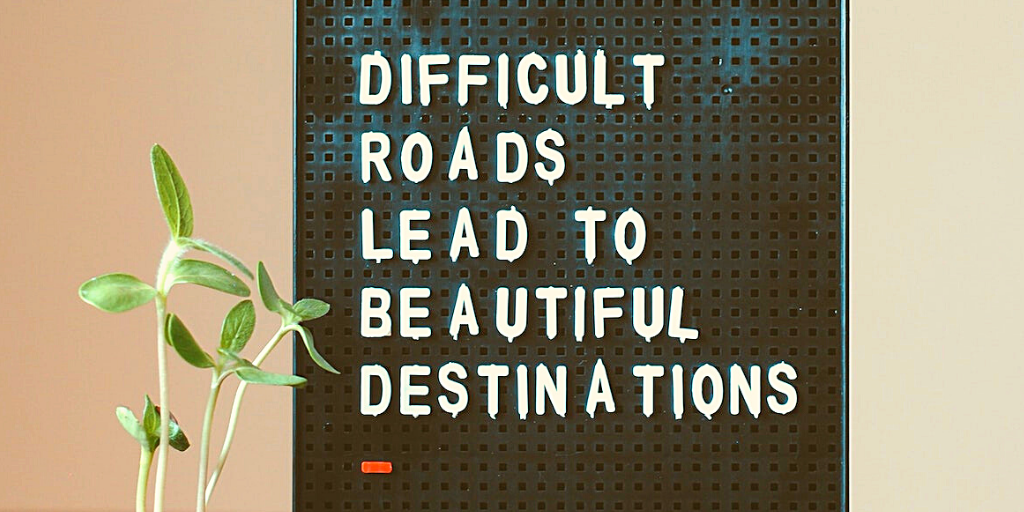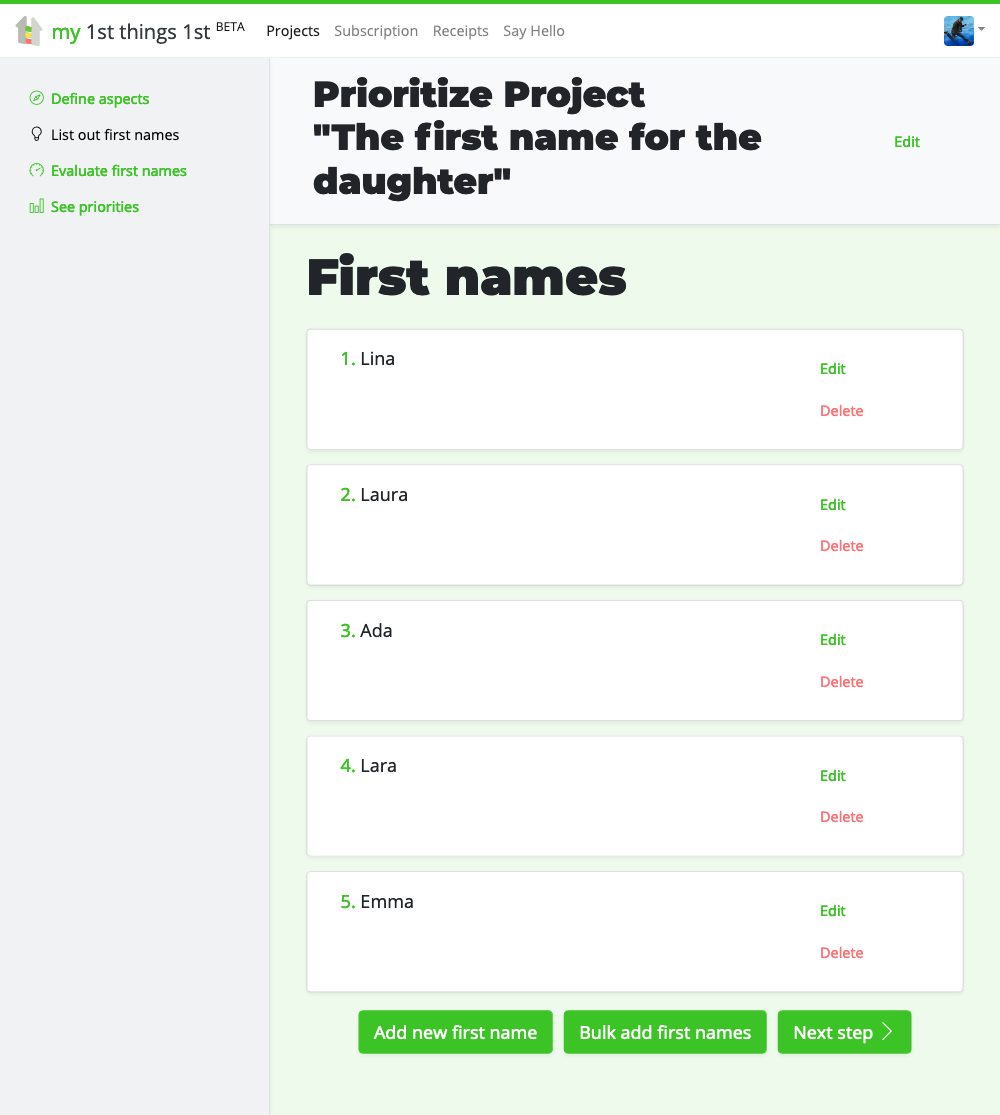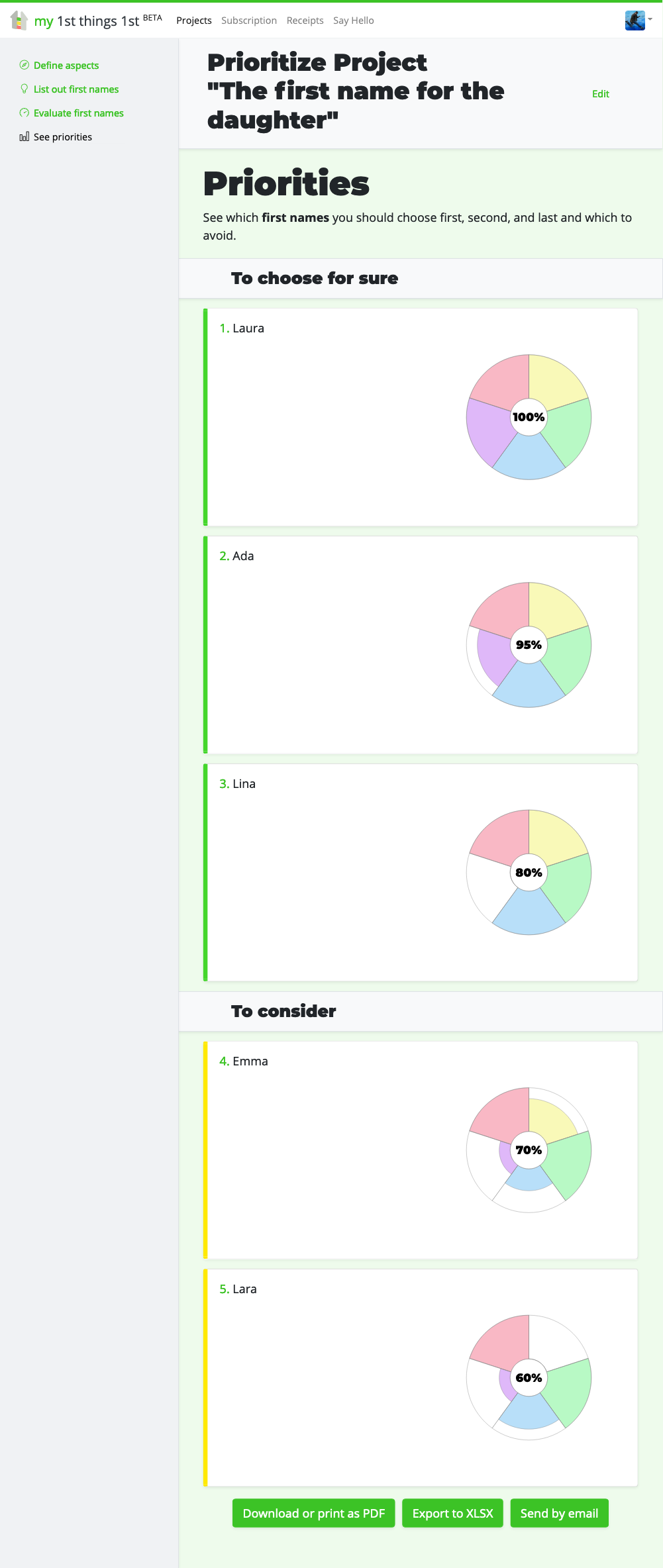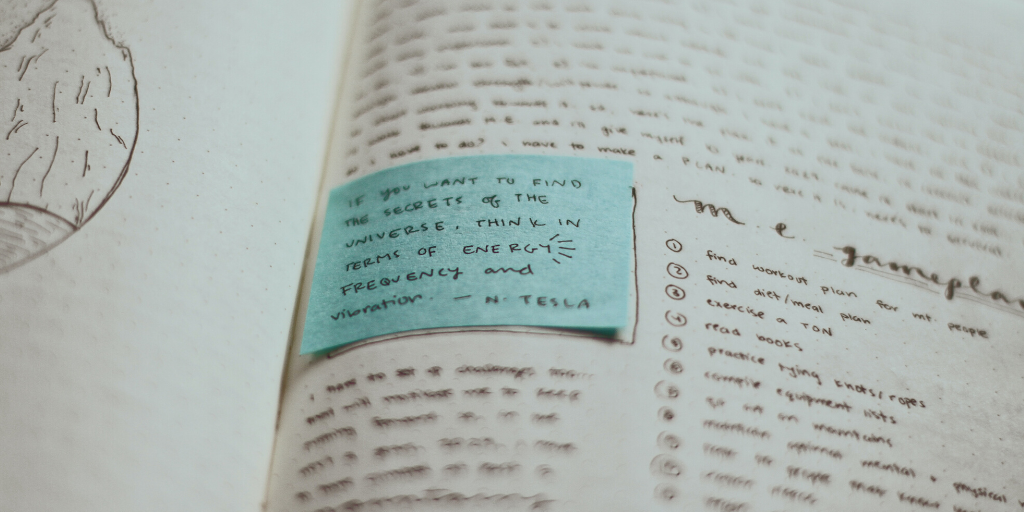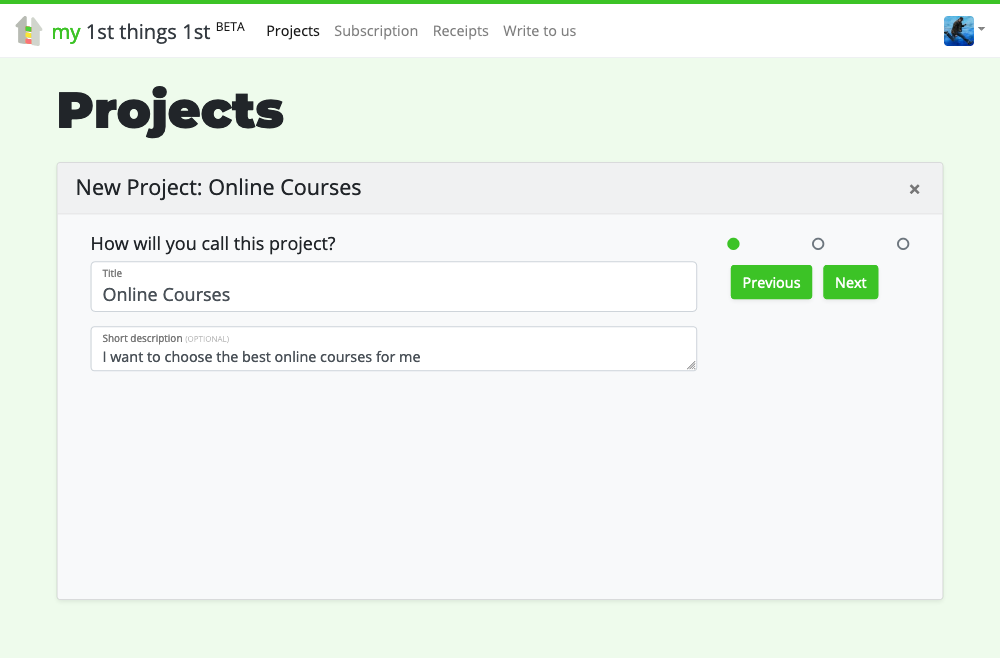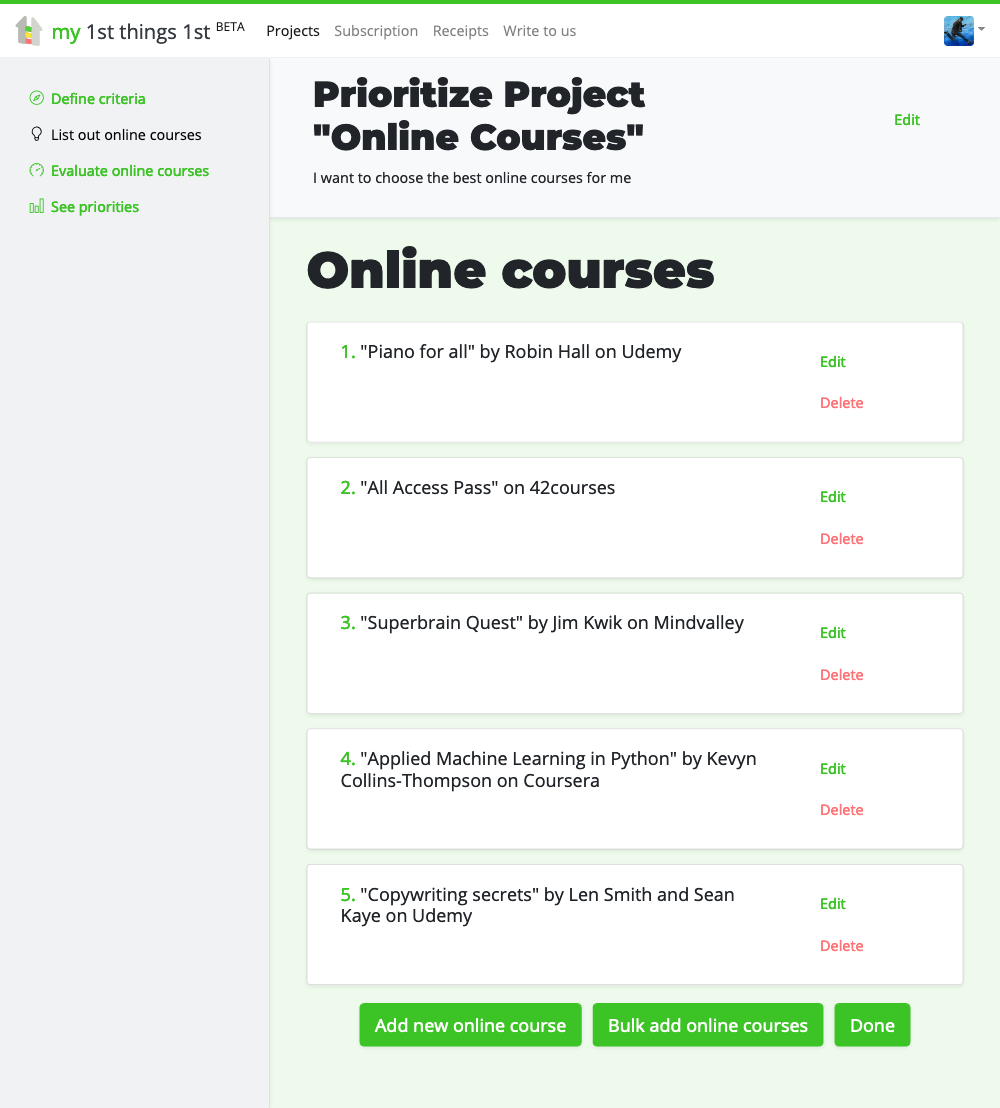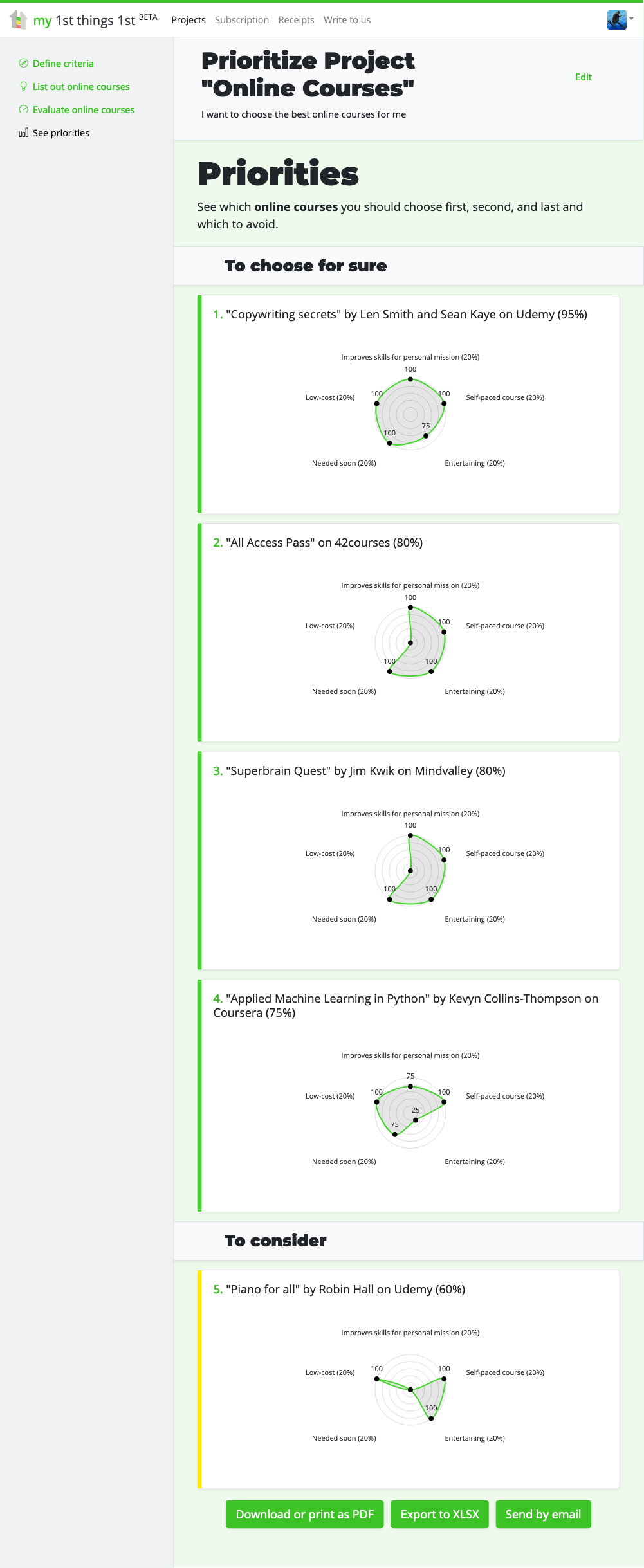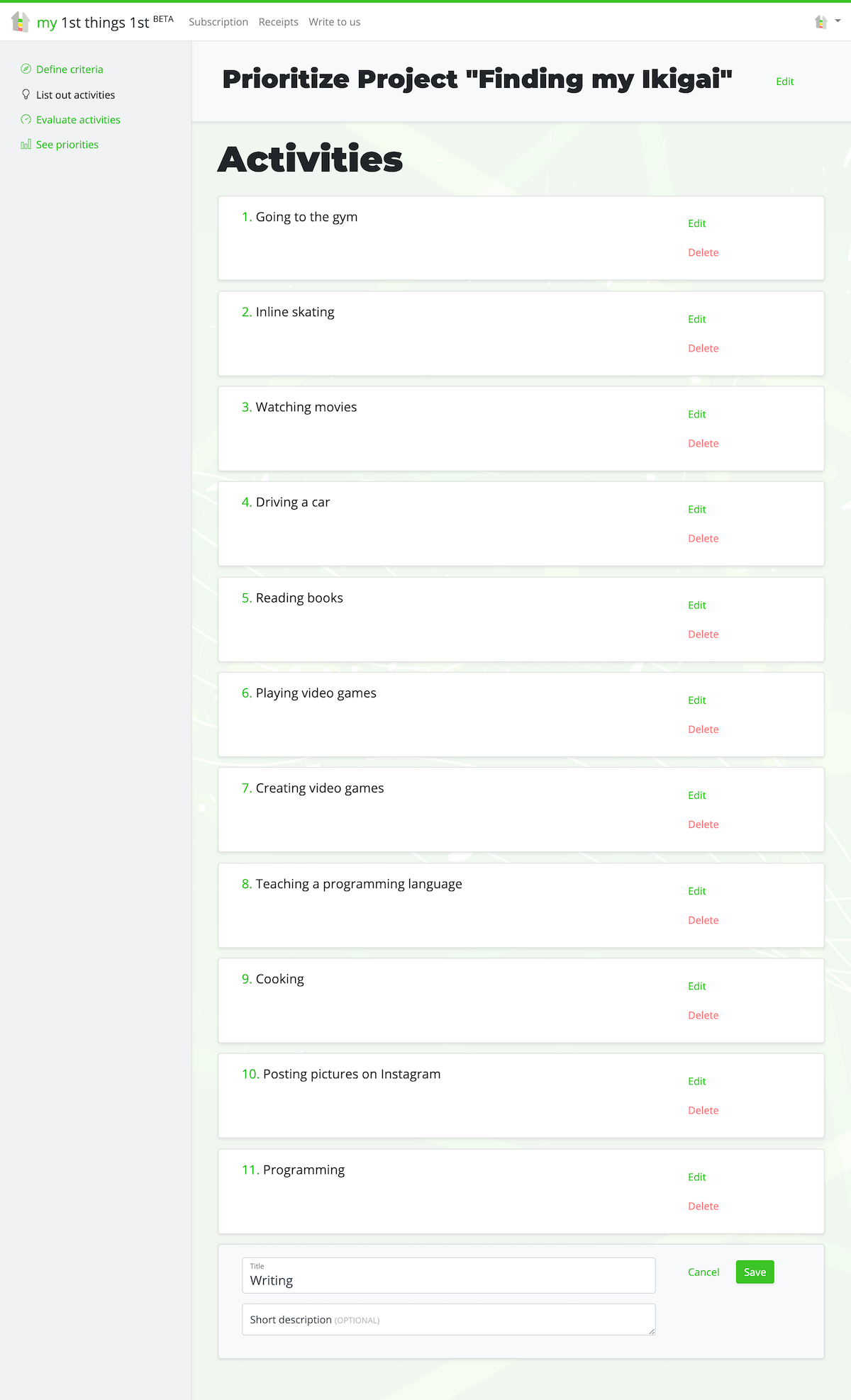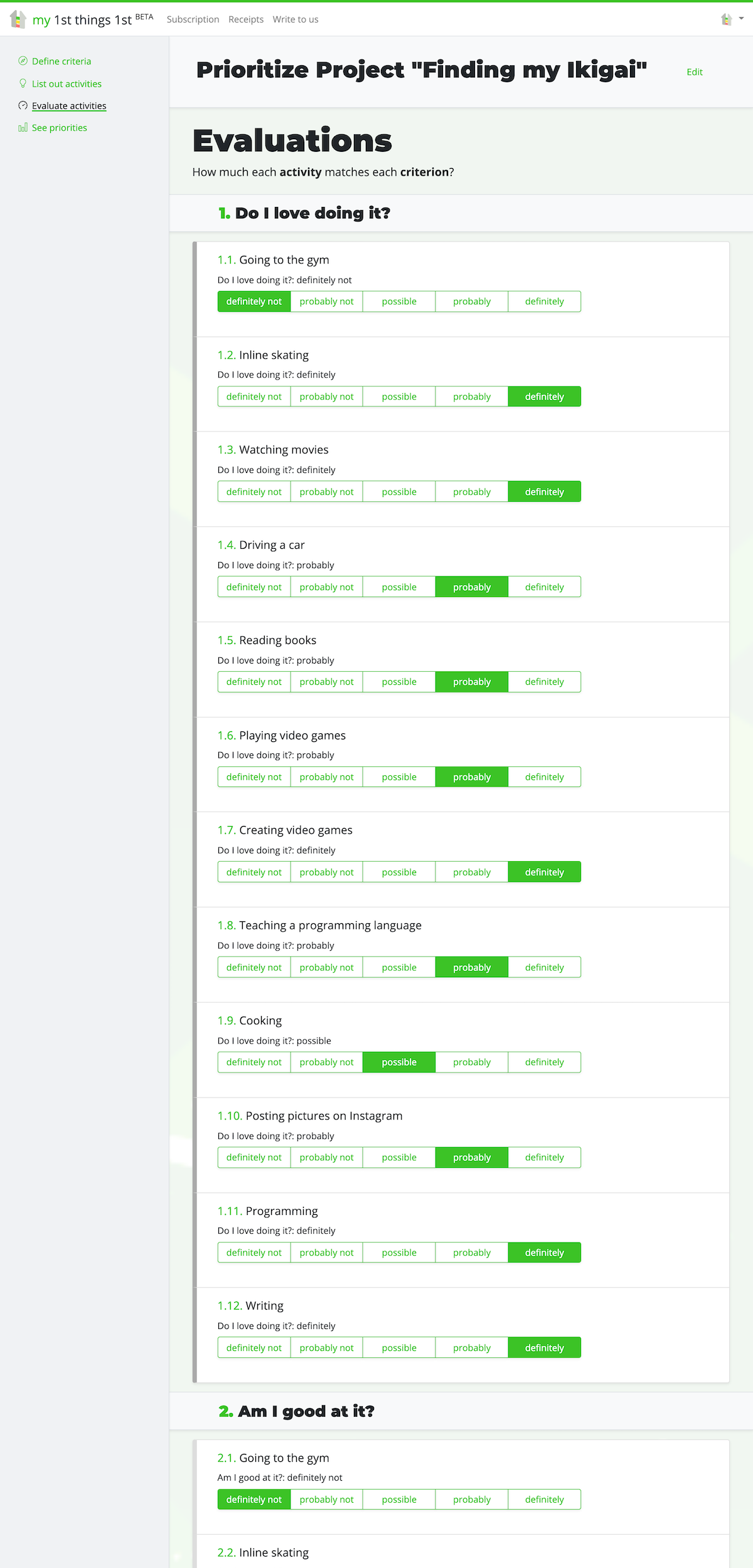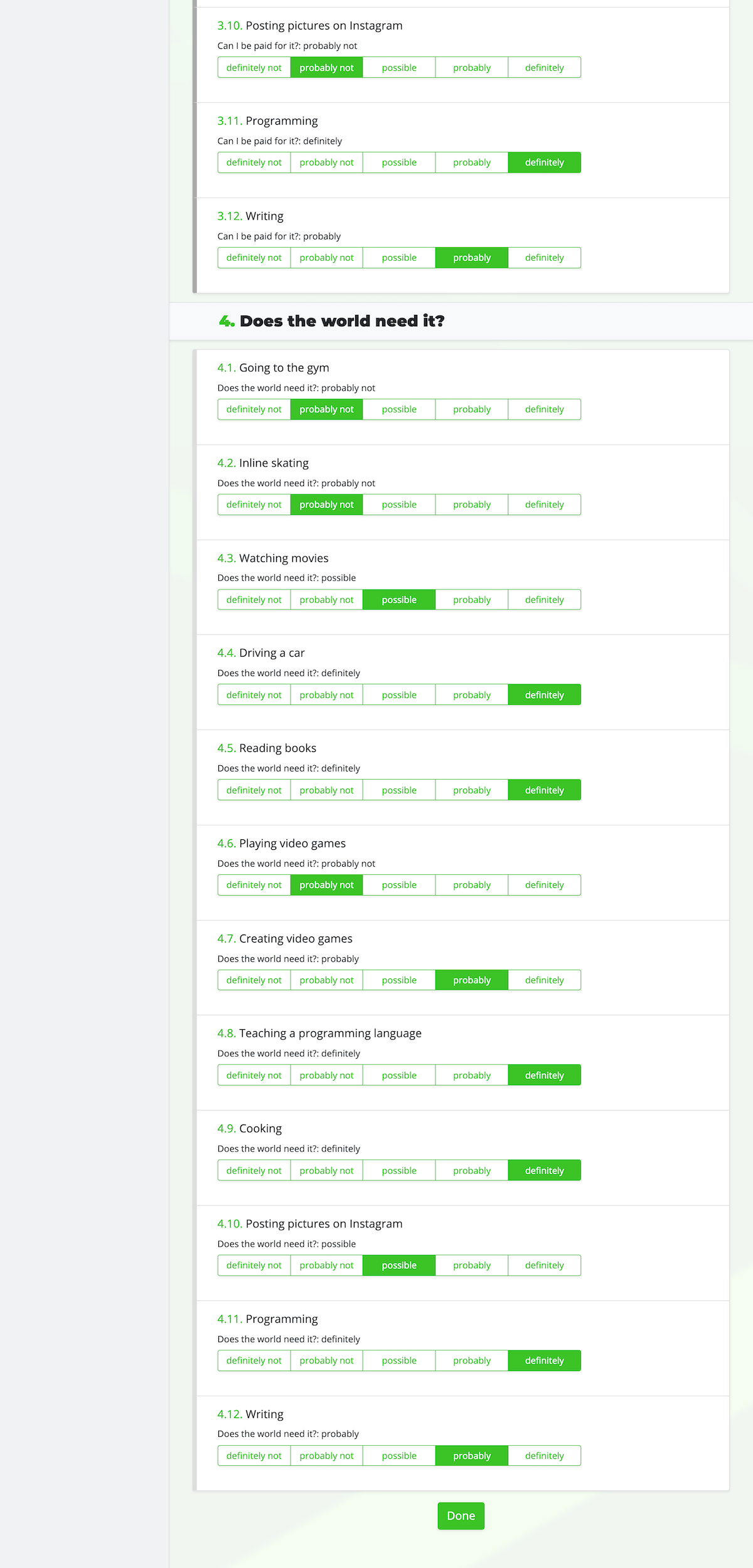This post first appeared on the 1st things 1st blog.
It’s 2020, and a lot of things happening now might seem very chaotic and confusing. Brexit inescapably happened. Man-caused global warming is changing landscapes. Oceans are flooded with plastic. The Covid19 pandemic brings risk to our lives and limits our mobility. Wildfires in Australia and the USA kill live beings. People are still experiencing discrimination and brutality because of skin color. Moreover, you might believe in some conspiracy theories that add to stress and anxiety about the current world situation. But do you want to stay under that stress, or would you instead want to have peace of mind?
First of all, what you can do is think about whether you can change any of that? Is it in your scope of control, or is it outside of your abilities? If you can’t control something, detach yourself from it. It is as it is. You have to adapt to it, but there is no necessity to keep worrying about it day after day.
If adversity happens to you directly and you are affected badly, you have to calm down and focus on what you can do to solve your situation. For example, if you lost a job due to Covid19, you have to find another one. Maybe even get some skills in another area than what you know already. Don’t panic. Clear your mind and surroundings at first.
If you have a chaotic mind, you probably also have a messy home. Start cleaning up your mind by cleaning up your home. Define places for each thing you want to keep. Get rid of or hide the things that bring you bad memories and emotions. It might take hours or days, but you will finally have a system for something you see every day.
Take a problem you want to solve and plan the way how you are going to solve it. Divide the path to the solution into multiple steps that you can take one by one. For example, you were in a restaurant business but decided to learn software development. So you will borrow some money, take online courses on some technologies, create a project for a friend, work on your LinkedIn profile, and apply for a junior position at a chosen IT company.
If you feel down, maybe you are lack of brain fuel. The human brain runs on glucose and needs at least 420 kcals per day to maintain normal function. That’s 42 grapes or cherries, 4 bananas, or 4 big apples a day. It can as well be more or less depending on your body mass and the mental work intensity.
To have a harmonious mind, make sure to spend time with people you care about. But also have some time alone. You need both: a feeling of connection and love; and time for meditation or prayer, journaling, and exercising.
When doing something, try not to multitask. Focus on one thing at a time. Multitasking brings you more stress and makes you less productive. If you have several or many things to do in a day, create time blocks for each of those things. For example, you will spend two hours reading and answering emails, one hour for the industry news, and one hour for an online meeting. Try to stick to your plan.
Simplify your life. It is recommendable to choose up to three most important tasks every day and only focus on them. Quality is more important than quantity. When you work a lot, you have a risk of mental burnout. That’s especially often in the tech industry.
Try to get information in your head classified. Either connect the points of knowledge in your head and group them into categories. Or read more about your interests and find some categorizations on Wikipedia or other resources. This gives you more trust in yourself and your opinions.
Get an essential objective in your life. It should be a big aim worth pursuing. Then make a plan for how you will achieve your dreams. And try to progress towards it. Know that failures will happen on the way. But focus on the process and enjoy the ride.
Cover photo by Hello I’m Nik.

